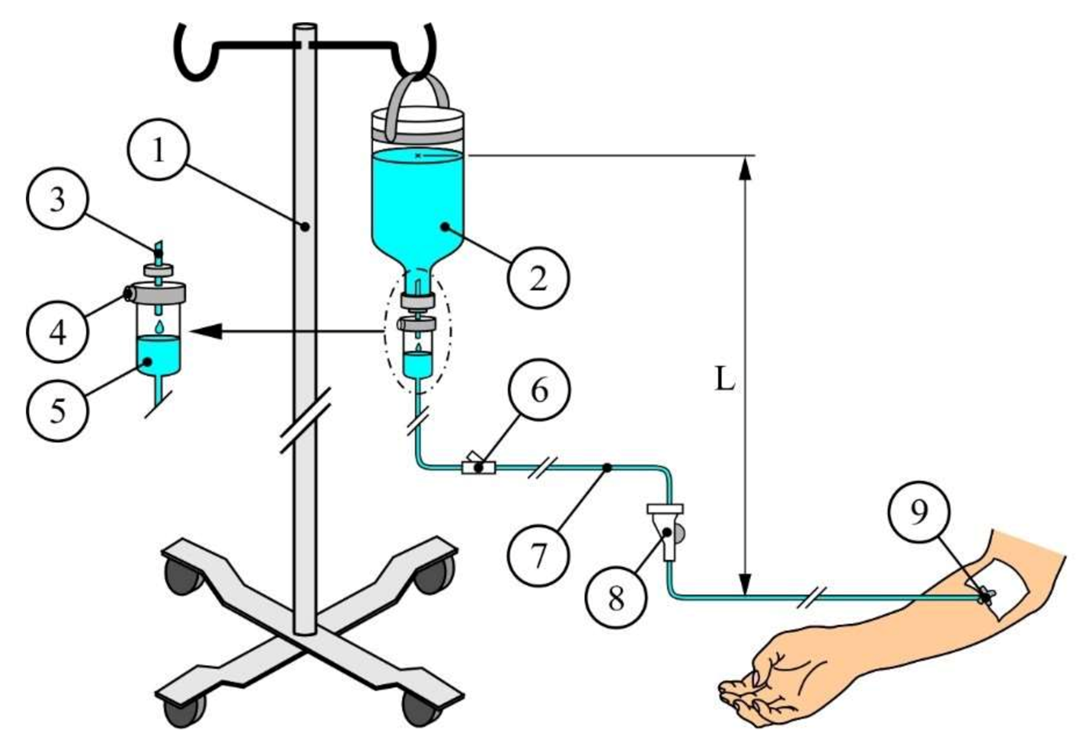A client with a peptic ulcer is diagnosed with Helicobacter pylori infection. The nurse is teaching the client about the medications prescribed, including two antibiotics metronidazole and clarithromycin and a PPI omeprazole. Which statement by the client indicates the best understanding of the medication regimen?
These medications will coat the ulcer and decrease the acid production in my stomach.
The medications will kill the bacteria and stop the acid production.
I should take these medications only when I have pain from my ulcer.
The medications will kill the bacteria and reduce the acid production.
The Correct Answer is D
Choice A reason: This is not a correct statement because these medications do not coat the ulcer. They are not antacids or mucosal protectants, which can form a protective layer over the ulcer and neutralize the stomach acid.
Choice B reason: This is not a correct statement because these medications do not stop the acid production. They only reduce it by inhibiting the proton pump, which is responsible for secreting acid into the stomach.
Choice C reason: This is not a correct statement because these medications should be taken as prescribed, not as needed. They are not analgesics or anti-inflammatory drugs, which can relieve the pain and inflammation of the ulcer.
Choice D reason: This is a correct statement because these medications have two effects: they kill the bacteria that cause the infection and inflammation of the ulcer, and they reduce the acid production that aggravates the ulcer. This can help heal the ulcer and prevent complications.
Nursing Test Bank
Naxlex Comprehensive Predictor Exams
Related Questions
Correct Answer is A
Explanation
Choice A reason: This is a correct answer because normal saline is an isotonic solution, which means it has the same osmolarity as the blood plasma. It does not cause any fluid shifts between the intracellular and extracellular compartments, and it can help restore the fluid balance and the blood pressure of the dehydrated client.
Choice B reason: This is not a correct answer because 1/2 normal saline is a hypotonic solution, which means it has a lower osmolarity than the blood plasma. It causes fluid to shift from the extracellular to the intracellular compartment, which can lead to cellular swelling and edema. It is not suitable for rapid infusion, as it can cause hemolysis and hypotension.
Choice C reason: This is not a correct answer because D5W (5% Dextrose in Water) is an isotonic solution when it is in the IV bag, but it becomes hypotonic once it enters the body, as the dextrose is rapidly metabolized and only water remains. It causes fluid to shift from the extracellular to the intracellular compartment, which can lead to cellular swelling and edema. It is not suitable for rapid infusion, as it can cause hemolysis and hypotension.
Choice D reason: This is not a correct answer because D5 1/2 normal saline is a hypertonic solution, which means it has a higher osmolarity than the blood plasma. It causes fluid to shift from the intracellular to the extracellular compartment, which can lead to cellular shrinkage and dehydration. It is not suitable for rapid infusion, as it can cause hypernatremia and fluid overload.

Correct Answer is A
Explanation
Choice A reason: Monitoring respiratory status for signs and symptoms of pulmonary complications is a priority nursing intervention for a client with hypervolemia. Hypervolemia is a condition where there is excess fluid in the blood vessels, which can cause fluid to leak into the lungs and impair gas exchange. The nurse should assess the client for signs of pulmonary edema, such as dyspnea, crackles, cough, and pink-tinged sputum.
Choice B reason: Encouraging the client to consume sodium-free fluids is not a priority nursing intervention for a client with hypervolemia. Sodium-free fluids may still contribute to fluid overload, especially if the client has impaired renal function or heart failure. The nurse should limit the client's fluid intake and administer diuretics as prescribed to reduce the fluid volume.
Choice C reason: Weighing dressings with a large-bore catheter is not a priority nursing intervention for a client with hypervolemia. This may be a relevant intervention for a client with hemorrhage, who may lose blood through a large-bore catheter or dressing. The nurse should monitor the client's blood pressure, pulse, and hemoglobin levels for signs of blood loss.
Choice D reason: Drawing a blood sample for typing and cross-matching is not a priority nursing intervention for a client with hypervolemia. This may be a relevant intervention for a client who needs a blood transfusion, which may be indicated for a client with anemia, trauma, or surgery. The nurse should check the client's blood type and compatibility before administering any blood products.
Whether you are a student looking to ace your exams or a practicing nurse seeking to enhance your expertise , our nursing education contents will empower you with the confidence and competence to make a difference in the lives of patients and become a respected leader in the healthcare field.
Visit Naxlex, invest in your future and unlock endless possibilities with our unparalleled nursing education contents today
Report Wrong Answer on the Current Question
Do you disagree with the answer? If yes, what is your expected answer? Explain.
Kindly be descriptive with the issue you are facing.
